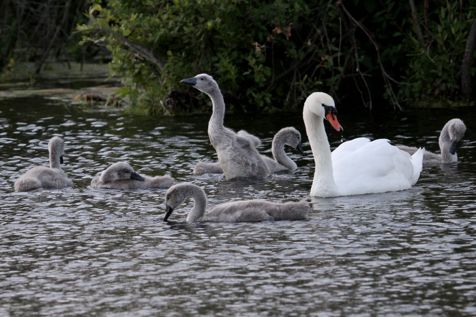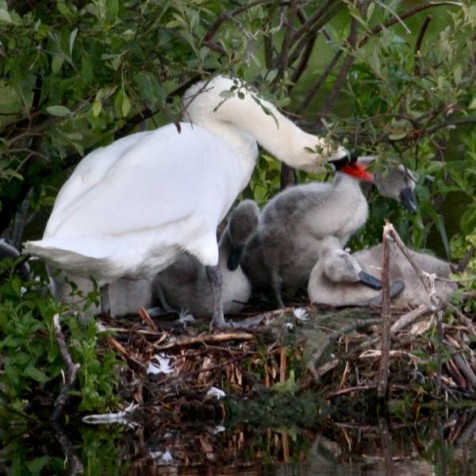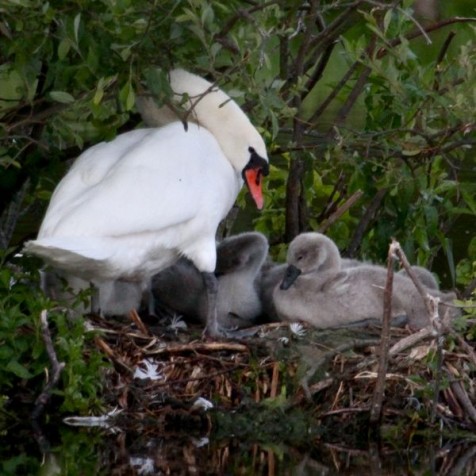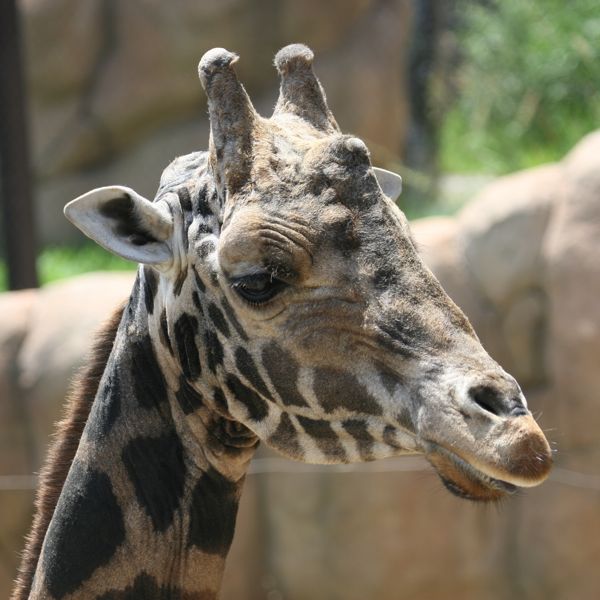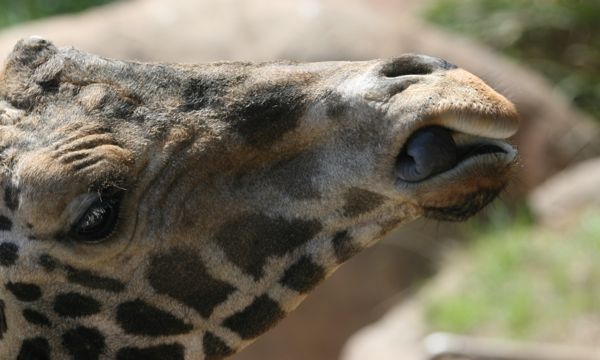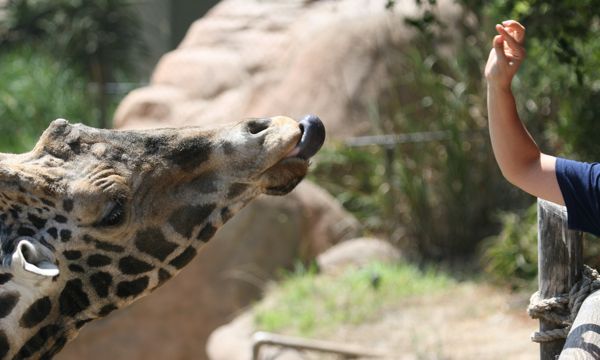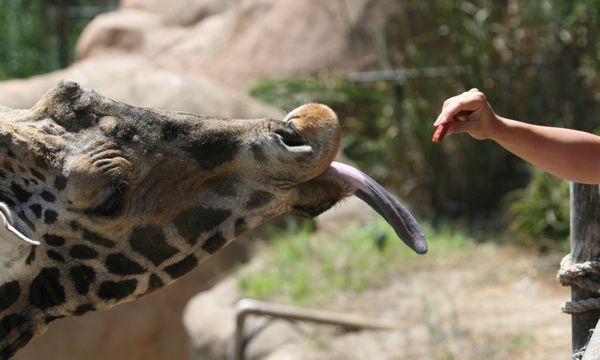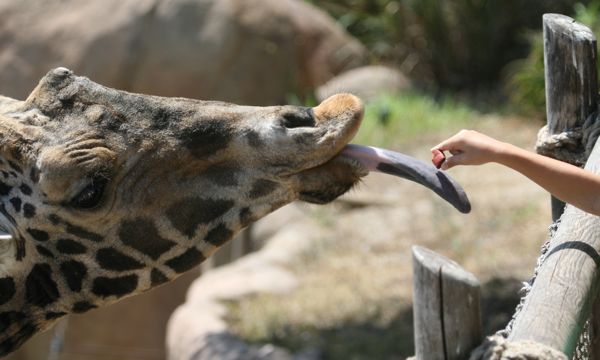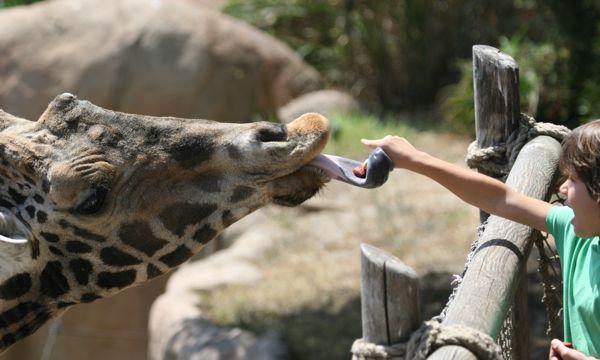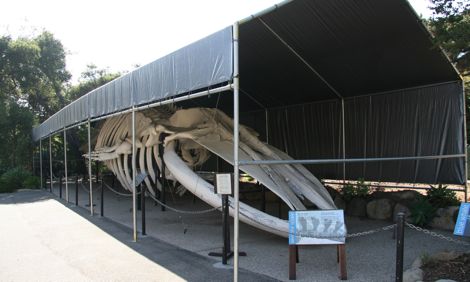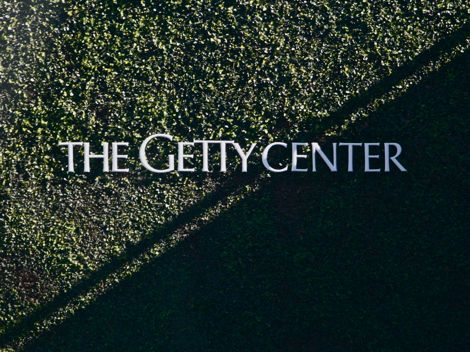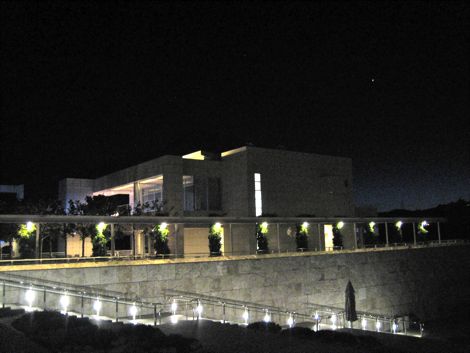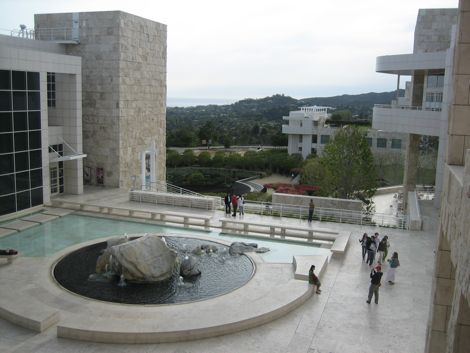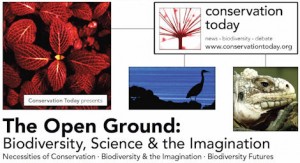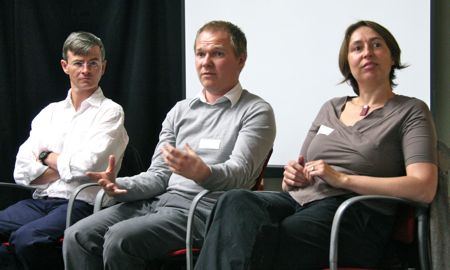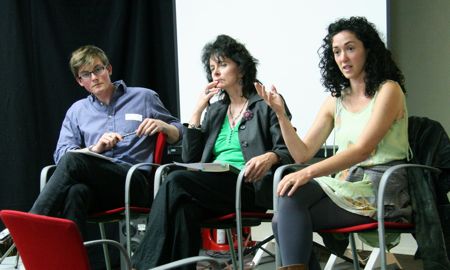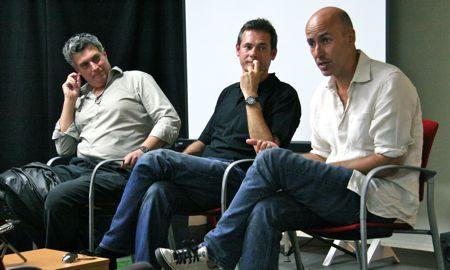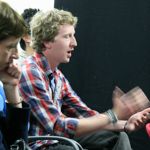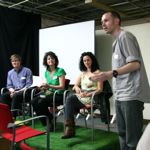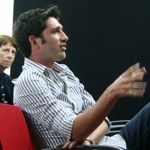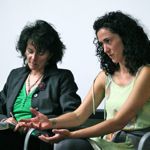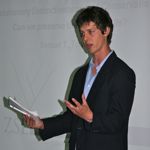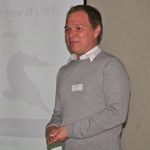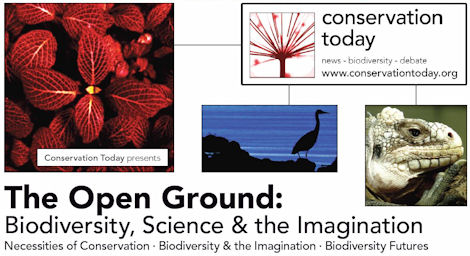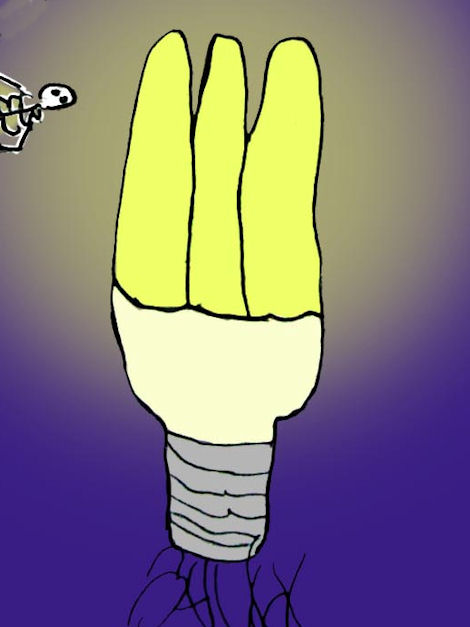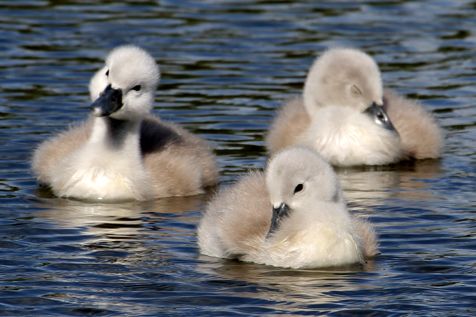
Meet the new arrivals. At a pool close to where I live in the south of England, I’ve been following the progress of these cygnets since their birth five weeks ago; the picture and the video were taken about a week after hatching.
The same breeding pair has built a nest in the same spot for the last four years: sometimes they get lucky – othertimes it looks like they go through the motions – or maybe the youngsters get dispatched by predators before I see them.
And for sure, it’s not all sweetness and light. Since I shot the video, one of the cygnets has developed a problem with its neck.
Swans , and particularly cygnets in their first year, are vulnerable to a host of threats: from natural predators like herons, crows, magpies and foxes;
to a bunch of man-made hazards including: being shot at, getting caught up with fishing tackle, lead poisoning, being attacked by pet dogs, crashing into electricity pylons, and getting run down by cars. Even well-meaning but misguided feeding can be injurious – mouldy bread is poisonous to swans.
When I visited the brood on 30th May, when the cygnets were about three weeks old, I noticed one of their number struggling to keep its head up. That might be caused by an injury, but it’s also a known symptom of lead poisoning.
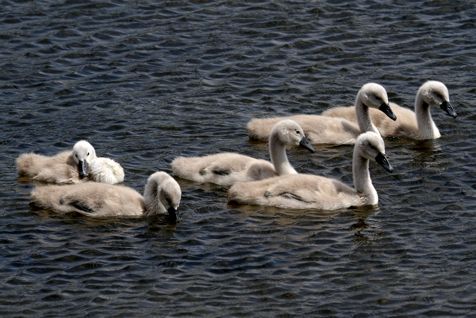
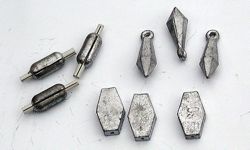
As Doreen Graham of the Scottish Society for the Protection of Animals said in this 2007 BBC report : “Lead poisoning is quite easy to identify in a swan because they cannot lift their heads and their heads are resting on their backs”. There was a particularly bad spate of lead poisoning during the 1960s, although since then, with a ban on lead fishing weights, or sinkers, the Royal Society for the Protection of Birds (RSPB) believes the problem has diminished.
Lead shotgun pellets are the other likely culprit. There are bans or restrictions on the use of lead shot throughout the UK, with detail variations across the devolved constituencies; but there’s always the danger of legacy poisoning from old pellets lying in the reeds or on the pool bed.
All swans rest their heads and necks at times – it’s how they rest and sleep; but this one’s doing it most of the time, standing out from the group:
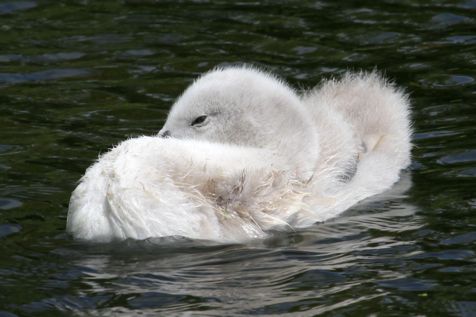
 The other cygnets appear to sense the difference, taking the occasional peck at their handicapped sibling:
The other cygnets appear to sense the difference, taking the occasional peck at their handicapped sibling:
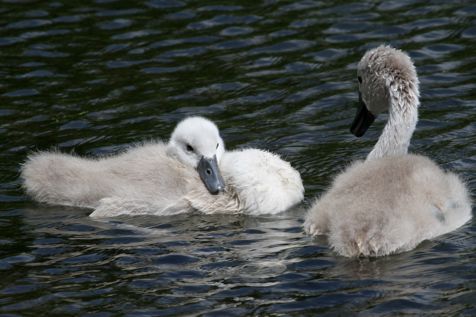
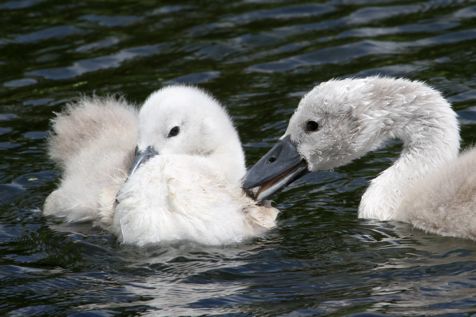 While the parents appear indifferent:
While the parents appear indifferent:
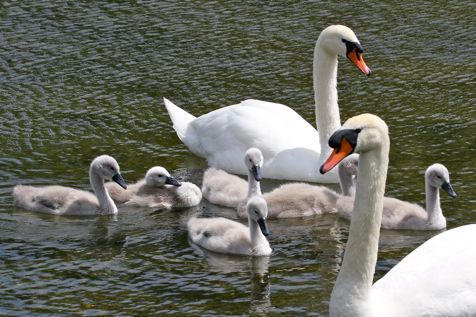 Fast forward to 8th June, when the cygnets are a month old, and at first sight there’s an improvement: it’s all heads-up in this convoy. But on closer inspection, number 4 from the left isn’t quite right:
Fast forward to 8th June, when the cygnets are a month old, and at first sight there’s an improvement: it’s all heads-up in this convoy. But on closer inspection, number 4 from the left isn’t quite right:
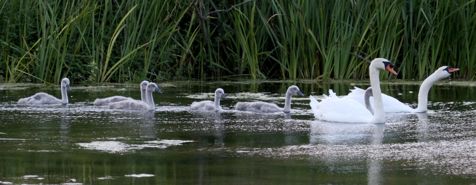
and in this pre-roost preening session, there’s clearly still a problem:
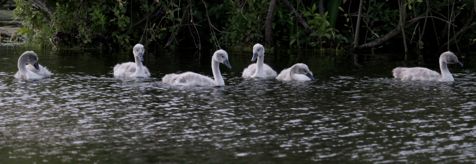 As twilight deepens, the female swan, or pen, climbs into the nest, followed by the cygnets:
As twilight deepens, the female swan, or pen, climbs into the nest, followed by the cygnets:
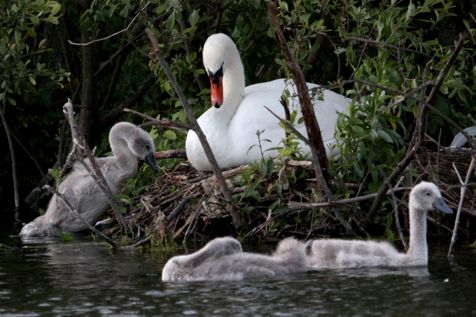 It’s easy to make up stories, but here a parent appears to attend the neck of one of the cygnets (I can’t confirm it’s ‘the’ cygnet):
It’s easy to make up stories, but here a parent appears to attend the neck of one of the cygnets (I can’t confirm it’s ‘the’ cygnet):
And they settle for the night:
For now, the afflicted cygnet appears to be growing at a normal rate and, despite some earlier sniping by siblings, appears to be accepted by the group. I’ll be keeping an eye on this family over the coming weeks and update the blog with any developments.
UPDATE 8 July
Happy ending. Here’s the whole crew on 19th June – 11 days after the pics above. All six cygnets holding their heads up high. I’ve only just got round to updating, but if they’ve got this far they’re probably going to make the distance. Whatever was wrong with the afflicted cygnet seems to have worked itself through/out. (Not that these guys aren’t still in a warzone.)
SEE ALSO:
Lead gunshot ‘poisoning UK birds’ (BBC News October 2012)
Sources
3. North West Swan Study (northwestswanstudy.org.uk)
4. The Threats to Wildlife from Pollution (Conservation Issues UK)






